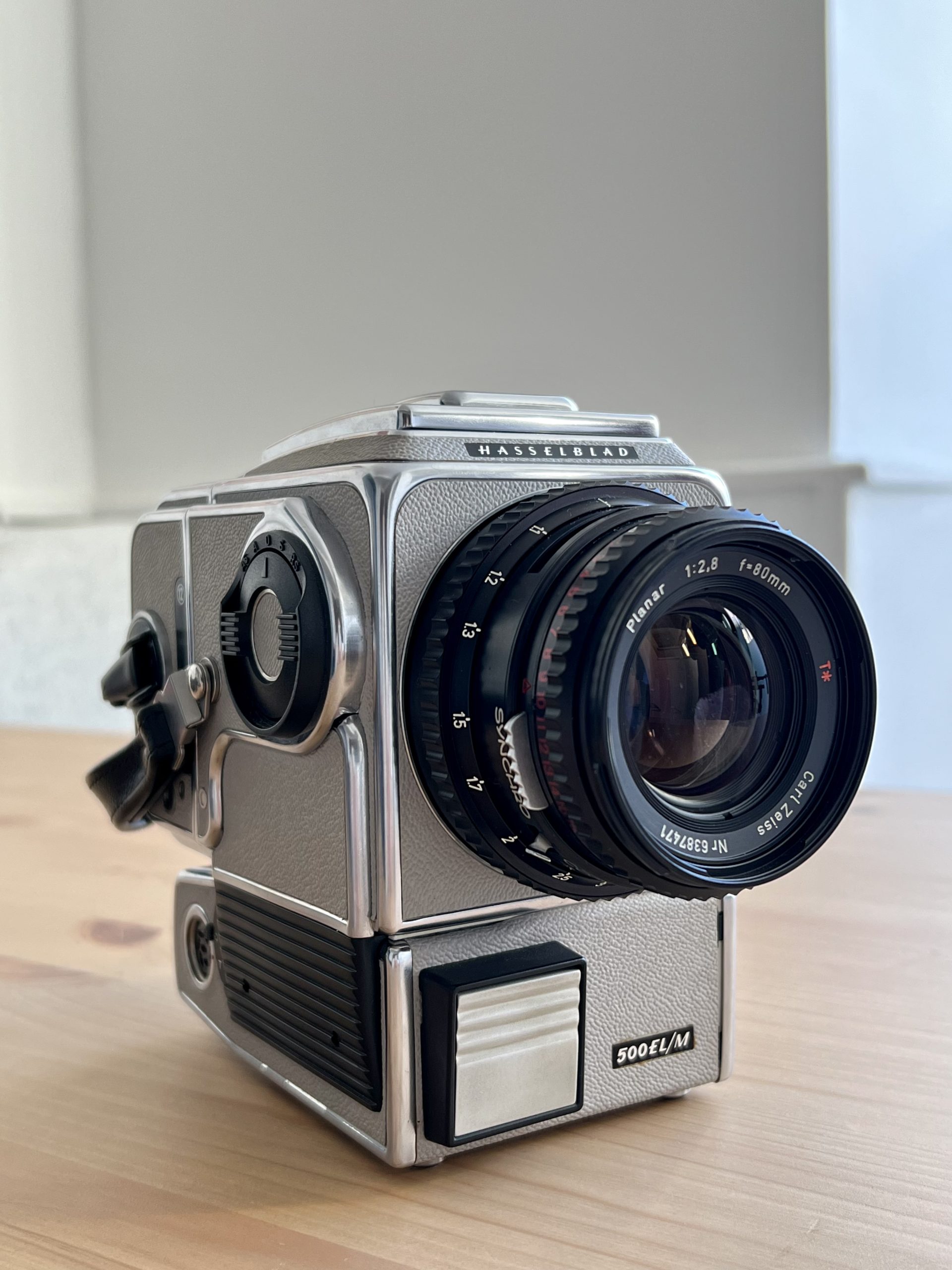The cameras that were chosen by NASA for space photography and produced some of histories most iconic photos.
From the beginning of manned missions to the moon the Swedish brand Hasselblad has been the astronaut’s camera of choice. It was used by NASA during the Apollo missions to the Moon in the 1960s and 1970s. These cameras were chosen by NASA because of their high image quality and reliable mechanical design, which is why they are so loved to this day.

The Hasselblad cameras used by NASA were modified versions of the Hasselblad 500C camera, which was a medium format camera that used film to record images. The NASA versions of the Hasselblad camera were equipped with special film magazines that could hold 70mm film, which allowed for larger and higher-resolution images to be taken. There were also a number of other modifications made, such as the addition of a central cross-hair in the viewfinder to aid with aligning images and a special bayonet mount that allowed the camera to be attached to a variety of different lenses and accessories.
These Hasselblad cameras were used by the astronauts to take a wide range of images during their missions, including scientific and geological samples, panoramic views of the lunar landscape, and images of the spacecraft and equipment. The images taken by the Hasselblad cameras during the Apollo missions are an important part of the scientific and historical record of the Moon landings and have been used for a variety of purposes, including scientific research and public education.

This ultra-rare slr camera was launched to celebrate hasselblad’s 20 years of participation in the nasa space programme.
We are big Hasselblad fans, so come and check out ClickASnap to see why we love the camera that has been to space!
Happy Snapping